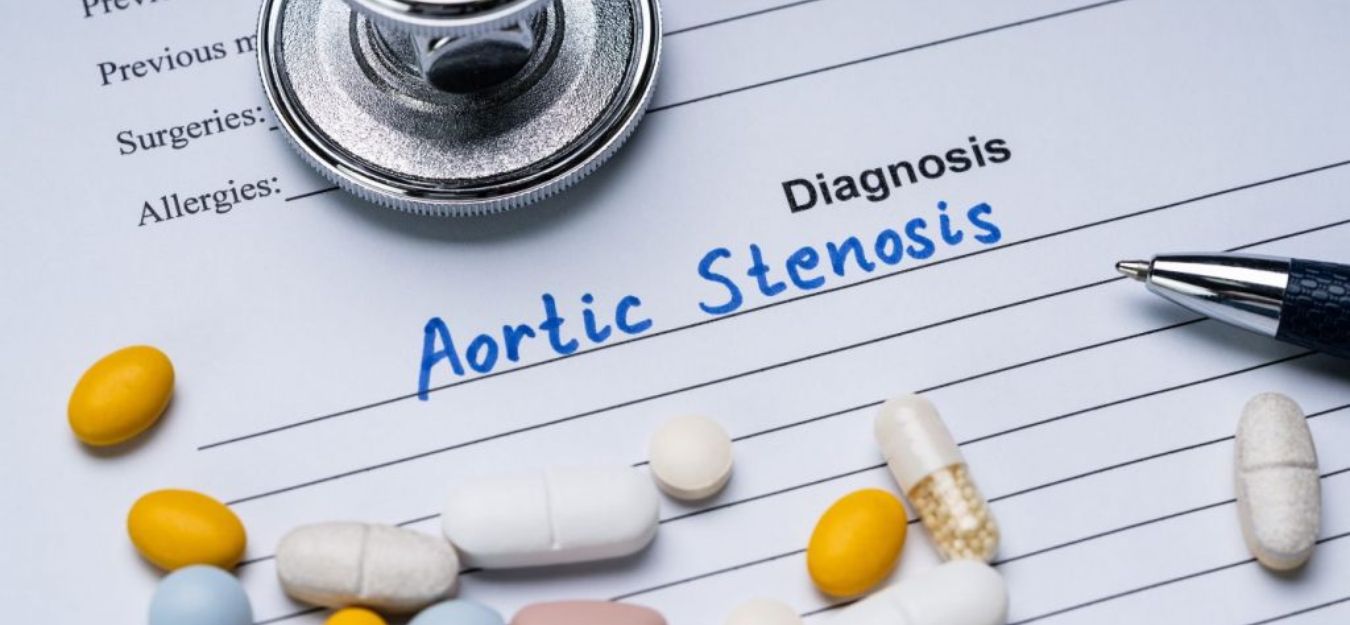Pathways and Considerations
Aortic valve stenosis develops when the valve narrows, restricting blood flow to the heart. The condition can occur at any age but is more common in older adults. According to the Cleveland Clinic, about 2% of adults over age 65 have some degree of aortic stenosis.
The condition may occur as a result of a congenital heart defect, chronic kidney disease or an infection that damages the heart. There also appears to be a link between coronary artery disease and aortic valve stenosis. According to the journal Circulation, significant coronary artery disease is present in about 50% of people with aortic valve stenosis.
Symptoms of aortic valve stenosis can range from mild to life-threatening and may include:
- Chest pain.
- Shortness of breath.
- Fainting.
- Rapid heartbeat.
- Swollen feet and ankles.
- test
- for
- ordered
- list
Depending on the severity of the symptoms, treatment is recommended. The article below covers different treatment options, what they involve and the risks.
What are the Treatments for Aortic Valve Stenosis?
Not everyone with aortic valve stenosis requires treatment. For example, if the condition is mild and symptoms are not present, doctors may just monitor the condition.
In other instances, treatment is needed. Possible options to treat aortic valance stenosis include the following:
Lifestyle Changes
Everyone with aortic valance stenosis will need regular checkups to monitor the condition. If the condition is mild, the healthcare provider will usually recommend certain lifestyle changes to improve overall health and decrease the risk of additional heart problems.
Lifestyle changes to improve overall heart health include:
- Maintaining a healthy weight.
- Getting regular exercise.
- Not smoking.
- Eating a heart-healthy diet, limiting trans fats.
- Managing conditions such as high blood pressure or high cholesterol.
Medications
In cases where symptoms are mild or if someone does not want or qualify for surgery, medication may be an option. Medications will not cure aortic valve stenosis. But they may reduce symptoms and the risk of complications.
Medications recommended may include:
- Blood thinners.
- Drugs to treat abnormal heart rhythms.
- Diuretics.
Aortic Valve Replacement
Aortic valve replacement is needed if symptoms become moderate to severe. Traditional aortic valve replacement involves open heart surgery. During this procedure, the surgeon removes the damaged aortic valve and replaces it.
The doctor may use a replacement valve from a pig, cow or mechanical valve. In some instances, doctors use a valve made from a person’s own pulmonary valve.
The risks of this type of treatment include:
- Infection.
- Bleeding.
- Blood clots.
- Abnormal heart rhythm.
An aortic valve replacement procedure cures the condition and restores normal circulation to the heart. Symptoms associated with aortic valve stenosis should clear up quickly during recovery.
Transcatheter Aortic Valve Replacement
A transcatheter aortic valve replacement is also a type of procedure to replace the valve. But instead of doing it through an open heart surgery, the procedure is minimally invasive.
Doctors perform the procedure using a small cut made in the chest. Next, the surgeon inserts a thin catheter through the incision into the heart. After removing the damaged valve, the doctor places the new valve through the catheter.
This type of aortic valve replacement is less invasive and may pose less risks to the patient. It may also involve a faster recovery.
But as with any procedure, complications may still occur. Risks include:
- Damaged blood vessels.
- Bleeding.
- Leaking of the replacement valve.
This type of procedure may be a good option if someone is at high risk of complications from open heart surgery.
Aortic Valve Repair
According to the Mayo Clinic, aortic valve repair is rarely used to treat aortic valve stenosis, especially in adults. Balloon valvuloplasty is sometimes performed in children that may have the condition due to a congenital heart defect.
Balloon valvuloplasty is a way to repair the valve in cases when there is limited damage to the aortic valve. During the surgery, the doctor inserts a catheter with a balloon attached to one of the arteries. The surgeon threads the catheter up to the heart. The balloon is inflated to widen the narrowing of the valve.
This type of procedure can repair the valve and decrease symptoms without needing to replace the valve. It is only an option if damage to the valve is not severe.
Risks of a balloon valvuloplasty include:
- Infection.
- Blood clot.
- Damage to the blood vessels.
What is the Best Aortic Valve Treatment for You?
Not every treatment is suitable for each person with aortic valve stenosis. The best treatment may depend on a variety of factors, such as the following:
- The extent of damage to the valve.
- The severity of the symptoms.
- Age.
- Additional underlying health conditions.
- Risk of complications from surgery.
Article Resources
- The Treatment of Aortic Valve Stenosis in Intermediate and Low-Risk Patients—When, How and Where - PMC (nih.gov)
- Coronary Artery Disease and Aortic Stenosis in the Transcatheter Aortic Valve Replacement Era | Circulation (ahajournals.org)
- Aortic valve stenosis - Diagnosis and treatment - Mayo Clinic
- Aortic Valve Stenosis: Symptoms, Causes and Treatment (clevelandclinic.org)

